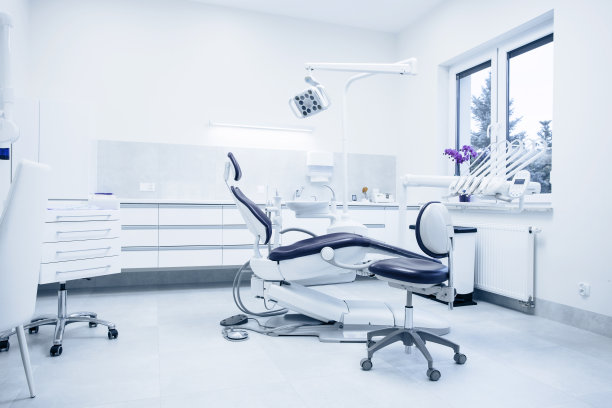The Essential Guide to Safely Extracting a Tooth at Home and What to Expect Afterwards
Summary: Extracting a tooth at home can be a daunting task, but it may become necessary in certain situations. This guide provides essential insights into the safe methods for tooth extraction while also preparing you for the aftermath. It discusses the necessary preparations, the step-by-step process of extraction, tips for managing pain and preventing complications, and the expected recovery timeline. Understanding what might happen after the procedure ensures you remain calm and informed as you navigate this uncomfortable yet sometimes unavoidable situation. Careful attention to hygiene and aftercare can make a significant difference in your recovery.
1. Preparing for Tooth Extraction at Home

Before attempting to extract a tooth at home, it is crucial to ensure that you are well-prepared. Start by assessing the condition of the tooth to determine if extraction is necessary. In cases of severe decay or infection, it may be best to consult a dental professional first.
Gather the necessary tools: sterile gauze, dental floss, clippers, and a pair of gloves. Make sure to clean your work area thoroughly to prevent any risk of infection during the procedure. A clear, well-lit space will also aid visibility and precision.
Finally, mentally prepare yourself for the process ahead. Understanding that discomfort may arise can help you cope better with the situation. Ensure that you have someone nearby who can assist if needed, offering both moral support and help if complications occur.
2. Step-by-Step Tooth Extraction Process
Once you are adequately prepared, the next step is to safely extract the tooth. Begin by numbing the area around the tooth with a local anesthetic if available. If you cannot access such medication, bite down gently on a cold ice pack to momentarily lessen the pain.
Using sterile gloves, apply pressure on the nearby gums while grasping the tooth with dental floss or clippers. Gently rock the tooth back and forth to loosen it. Patience is essential here; rushing may lead to unnecessary damage to your gums or jaw.
After loosening the tooth, you can carefully pull it out. Once the tooth is removed, ensure that the extraction site is clean. Use sterile gauze to apply pressure to the area for about 30 minutes to stop any bleeding. A clean site is critical for reducing the risk of infection.
3. Managing Pain and Preventing Complications
Pain management is a vital aspect of the recovery process following a tooth extraction. Over-the-counter pain relievers like ibuprofen or acetaminophen can be helpful in alleviating discomfort. Always follow the instructions on dosage for safety.
In addition to medication, consider using warm salt water rinses to promote healing and reduce inflammation. A saline solution can also serve as a natural antiseptic to keep the area clean and decrease the risk of infection.
To prevent complications, avoid smoking or using straws for at least 24 hours post-extraction, as suction can dislodge the blood clot that forms in the socket and lead to a painful condition known as dry socket. Staying hydrated and eating soft foods will also aid in recovery.
4. What to Expect in Recovery and Aftercare
Immediately after the extraction, its normal to experience some swelling and pain. Anticipate some bruising or discomfort over the next few days as your body begins the healing process. Swelling can be mitigated by applying an ice pack intermittently for the first 24 hours.
Throughout the recovery period, pay close attention to your hygiene. Gently brush your teeth, avoiding the extraction site, and continue to rinse with saline solutions to keep the area clean. Monitor for any signs of infection, such as increased pain, swelling, or discharge.
If you experience severe pain, prolonged bleeding, or any unusual symptoms, do not hesitate to seek medical advice. Healing typically occurs within a week or two, but each person’s recovery time may vary. Regular follow-up with your dentist will ensure proper healing and care.
Summary:
In summary, careful preparation, understanding the extraction process, effective pain management, and attention to aftercare are essential for safely extracting a tooth at home. Being well-informed about each phase can minimize discomfort and ensure a smoother recovery.
This article is compiled by Vickong Dental and the content is for reference only.



